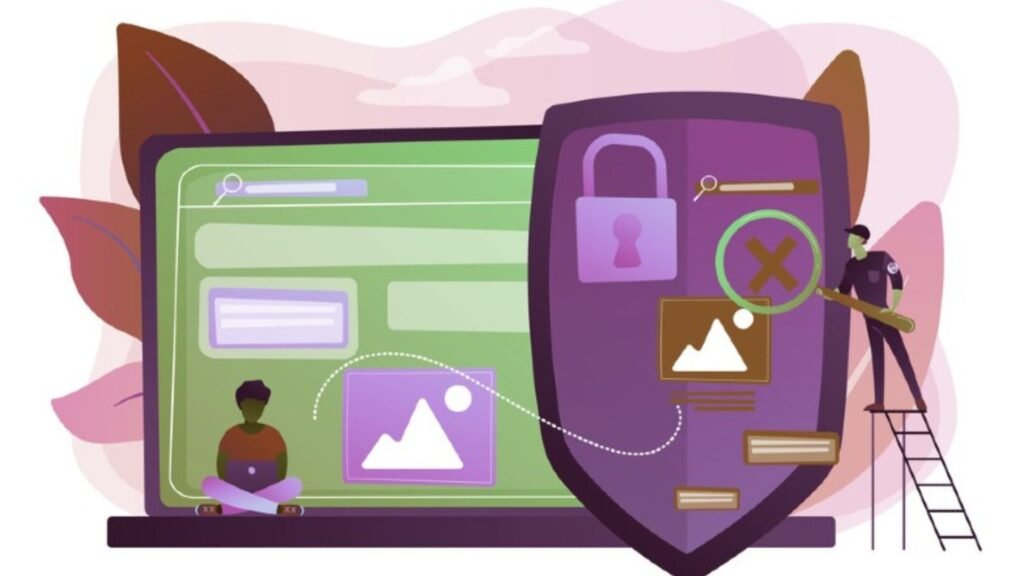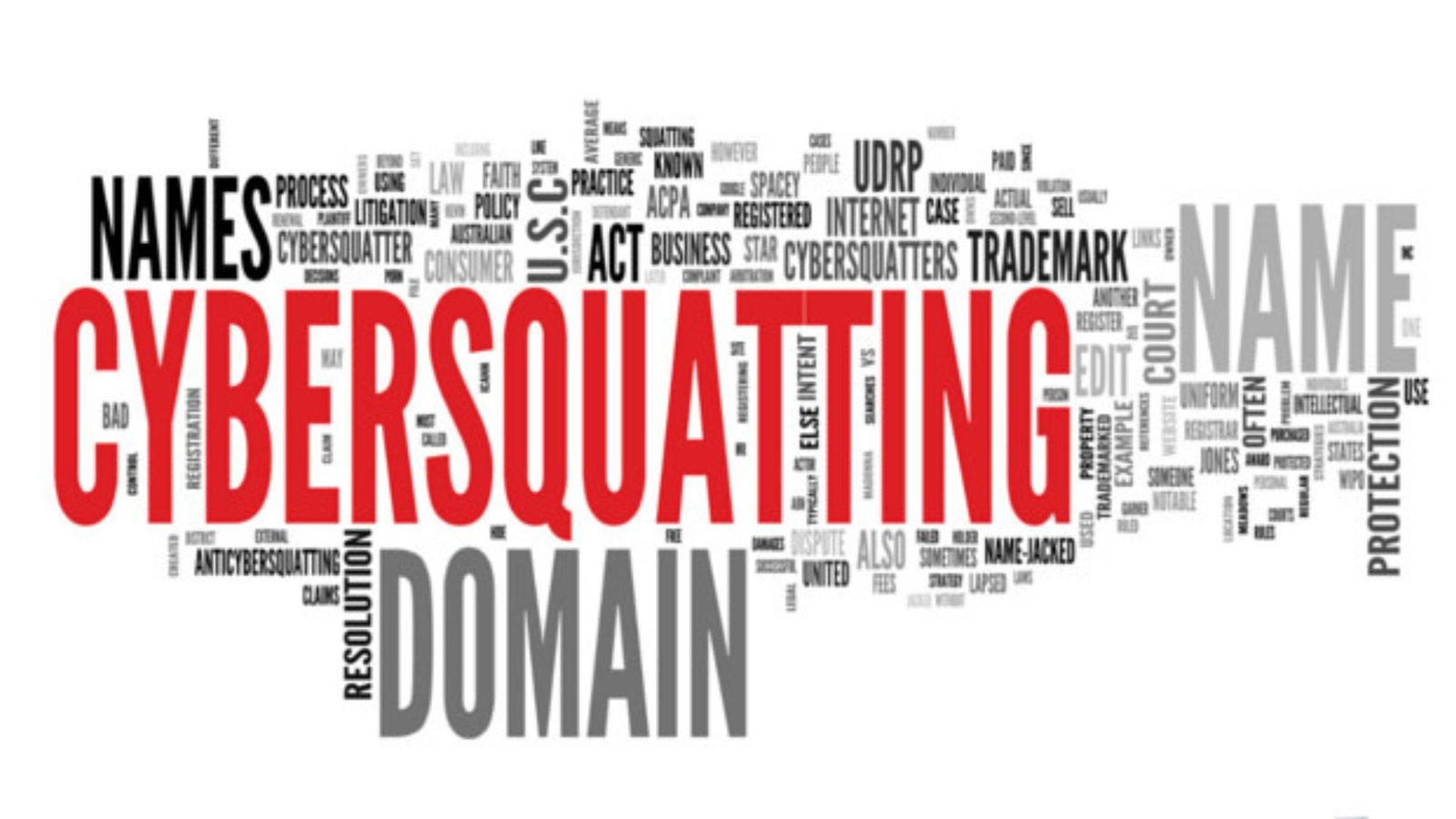Protecting Your Domain from Cyber Squatters
Cyber squatting is a growing issue in the digital age, where individuals or groups register domain names that resemble established brands or trademarks with the intent of reselling them at a higher price. This practice can pose a significant risk to businesses, especially if it involves the unauthorized use of your brand’s name or trademark. In this guide, we’ll explore effective strategies for protecting your domain from cyber squatters and ensuring that your online identity remains secure.

What is Cyber Squatting?
Cyber squatting, also known as domain squatting, occurs when someone registers a domain name that is similar to a brand, business name, or trademark, often with the intent to sell it later at a much higher price. The person engaging in cyber squatting typically does not have any legitimate business interest in the domain but seeks to profit from the established value of another entity’s name or brand.
For example, if a business named “TechSol” operates, a cyber squatter might register domains like “techsol.com” or “techsol.net” in hopes of selling them to the business for a significant profit.
Cyber squatting can also take other forms, such as the use of misleading or confusing domain names to redirect traffic or harm a brand’s reputation. This is why protecting your domain is crucial to maintaining your business’s online presence and brand integrity.
How Cyber Squatting Affects Your Business
1. Brand Reputation Damage
If a cyber squatter registers a domain name closely related to your brand, it could lead to confusion among your customers, tarnishing your brand’s reputation. For instance, a customer may land on a fraudulent website or be misled into believing they are engaging with your legitimate business.
2. Financial Impact
Cyber squatters often attempt to sell the domain back to the rightful brand owner at inflated prices. These demands can cost your business significantly if you need to secure the domain to protect your brand.
3. Loss of Traffic
If the domain in question is used to redirect traffic or mislead customers, it could result in a loss of potential website visitors and business. Cyber squatters may also use the domain to create misleading ads or even attempt phishing scams.
4. Legal Issues
In some cases, a domain owned by a cyber squatter may be used for malicious activities, such as spreading false information, scams, or malware. This could have serious legal consequences, and your brand could be linked to these activities unfairly.
How to Protect Your Domain from Cyber Squatters
Fortunately, there are several proactive steps you can take to protect your domain from cyber squatters and prevent the risks associated with this issue.
1. Register Your Domain Early
The best way to prevent cyber squatting is to register your domain as soon as possible. Ideally, you should secure the domain name that reflects your business’s brand and trademarks before anyone else does. This includes registering variations of your domain name, including different top-level domains (TLDs) like .com, .net, .org, and country-code TLDs (e.g., .us, .ca, .uk) to ensure you have comprehensive control over your online brand.
If you have a trademarked business name, it’s particularly important to secure a matching domain to prevent cyber squatters from attempting to claim it.
2. Use Domain Monitoring Services
Domain monitoring services are essential tools for detecting potential threats related to your domain. These services allow you to track the registration of domains that are similar to yours or that may infringe on your brand name. If a cyber squatter registers a similar domain, you’ll receive alerts, allowing you to take immediate action.
Domain registrars like GoDaddy and Namecheap offer domain monitoring services, or you can use third-party services that specialize in domain and trademark protection. Some services even provide real-time alerts and can help you detect domain registration attempts or the infringement of your intellectual property.
Conclusion
Protecting your domain from cyber squatters is a crucial step in safeguarding your brand, maintaining customer trust, and avoiding costly legal battles. By taking proactive steps such as registering your domain early, monitoring for potential threats, securing trademark protection, and using domain locking, you can reduce the risk of falling victim to cyber squatting.
By staying vigilant and acting quickly if a problem arises, you can ensure that your brand and online presence remain secure. Don’t let cyber squatters take advantage of your hard work – take action now to protect your domain and brand for the long term.



